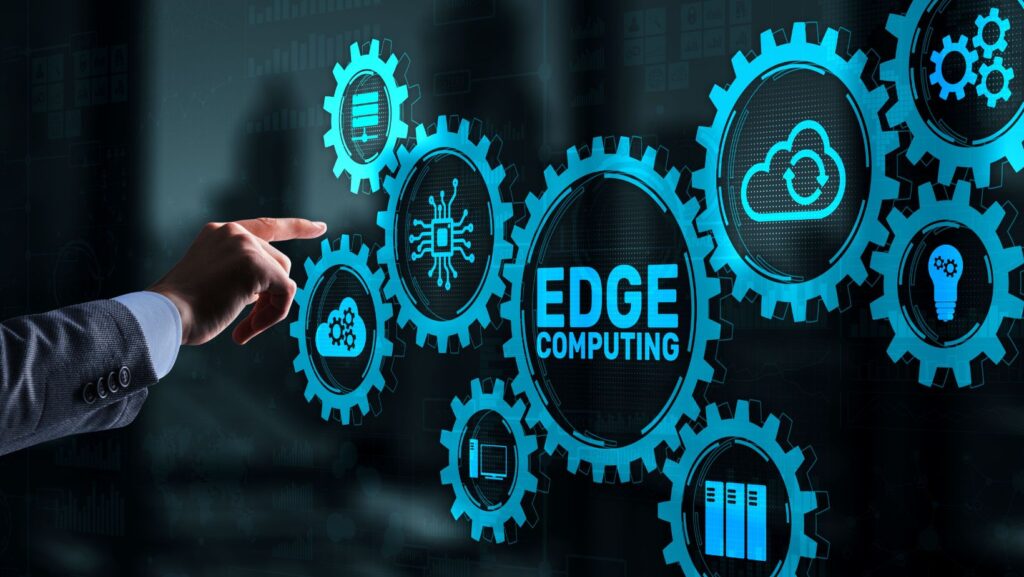
Edge computing refers to a decentralized computing paradigm that brings computation and data storage closer to the location where it is needed, thereby reducing latency and bandwidth usage. In contrast, traditional cloud computing relies on centralized data centers, which can lead to delays in data processing, particularly for applications requiring real-time analytics. Much like keeping up with the dynamics of IPL live betting platforms, edge computing thrives on speed and efficiency, making it an ideal solution for the Internet of Things (IoT), where myriad devices constantly generate vast amounts of data.
The Convergence of Edge Computing and IoT
The convergence of edge computing and IoT signifies a paradigm shift in how data is processed and utilized. By deploying computing resources closer to the source of data generation, organizations can significantly reduce the time it takes to derive insights. This is particularly important in scenarios where immediate action is essential, such as in healthcare monitoring systems or industrial automation.
Key Benefits of Edge Computing in IoT Deployments
The integration of edge computing within IoT deployments offers several key benefits that enhance operational efficiency and improve overall system performance.
Reduced Latency:
One of the most significant advantages is the reduction in latency. By processing data closer to its source, edge computing minimizes the time taken for data to travel to a centralized cloud server and back. This is crucial for applications requiring real-time data processing, such as autonomous vehicles and smart manufacturing systems.
Bandwidth Optimization:
With millions of IoT devices generating massive volumes of data, bandwidth can quickly become a bottleneck. Edge computing helps alleviate this issue by processing data locally and sending only relevant information to the cloud. This optimization not only reduces the strain on network resources but also lowers operational costs associated with data transmission.
Enhanced Security:
Security is a major concern with IoT devices, many of which collect sensitive information. Edge computing offers enhanced security measures by keeping data closer to its source, thus limiting exposure to potential threats during transmission. Furthermore, local processing enables organizations to implement more robust encryption and access control measures tailored to their specific needs.

These benefits not only streamline IoT deployments but also foster an environment conducive to innovation. Organizations can experiment with new applications and services without the fear of overwhelming their existing infrastructure.
How Edge Computing Streamlines IoT Implementation
Implementing IoT solutions can often be a complex endeavor, but edge computing simplifies the process in several ways.
First, it enables faster deployment of IoT devices by reducing reliance on centralized data processing. Organizations can set up edge computing nodes at various locations, allowing devices to start collecting and analyzing data immediately. This decentralization means that businesses can deploy IoT solutions in remote areas or environments where connectivity may be unreliable, thus expanding the scope of IoT applications.
Second, edge computing facilitates better resource management. By distributing computing tasks across various edge devices, organizations can optimize their existing infrastructure and reduce costs. This resource efficiency allows companies to scale their IoT deployments without incurring prohibitive expenses associated with extensive cloud computing resources.
Lastly, edge computing promotes enhanced interoperability among IoT devices. With data processing occurring locally, devices from different manufacturers can communicate more effectively without the need for extensive cloud-based integration. This flexibility encourages innovation and allows organizations to create more cohesive and functional IoT ecosystems.
Ideal Practices for Integrating Edge Computing in IoT Projects
To successfully integrate edge computing into IoT projects, organizations can follow several best practices:
Conduct a Thorough Assessment:
Before implementation, organizations should assess their specific needs and the potential impact of edge computing on their operations. This includes evaluating existing infrastructure, determining which processes would benefit from edge computing, and identifying potential challenges.
Choose the Right Technology Stack:
Selecting the appropriate hardware and software is essential for the successful deployment of edge computing solutions. Organizations should choose technologies that are compatible with their existing systems and capable of scaling as their IoT deployments grow.
Implement Robust Security Measures:
Security should be a top priority when integrating edge computing. Organizations must implement comprehensive security protocols, including data encryption, access controls, and regular audits to protect against cyber threats.
Foster Collaboration:
Encourage collaboration between IT and operational technology teams to ensure that edge computing solutions align with overall business goals. This collaboration can enhance the effectiveness of IoT deployments and streamline processes.

By adhering to these best practices, organizations can maximize the benefits of edge computing while minimizing potential risks.
Conclusion
The integration of edge computing with IoT technologies presents a transformative opportunity for organizations across various industries. By reducing latency, optimizing bandwidth, and enhancing security, edge computing streamlines the deployment of IoT solutions, enabling organizations to harness the full potential of their data.
Although challenges exist, adopting best practices and staying informed about emerging trends can help organizations navigate the complexities of edge computing. Embracing this technology will not only improve operational efficiency but also foster innovation and adaptability in an increasingly connected world.
As organizations look to the future, it is essential to consider the role of edge computing in their IoT strategies. By investing in these technologies, they can create more efficient, responsive, and secure systems that meet the demands of today and tomorrow.












